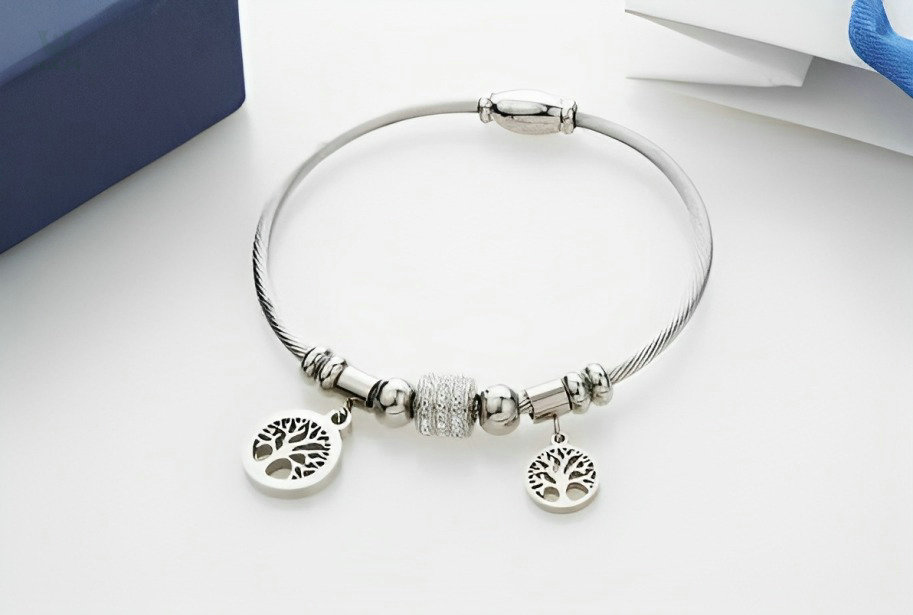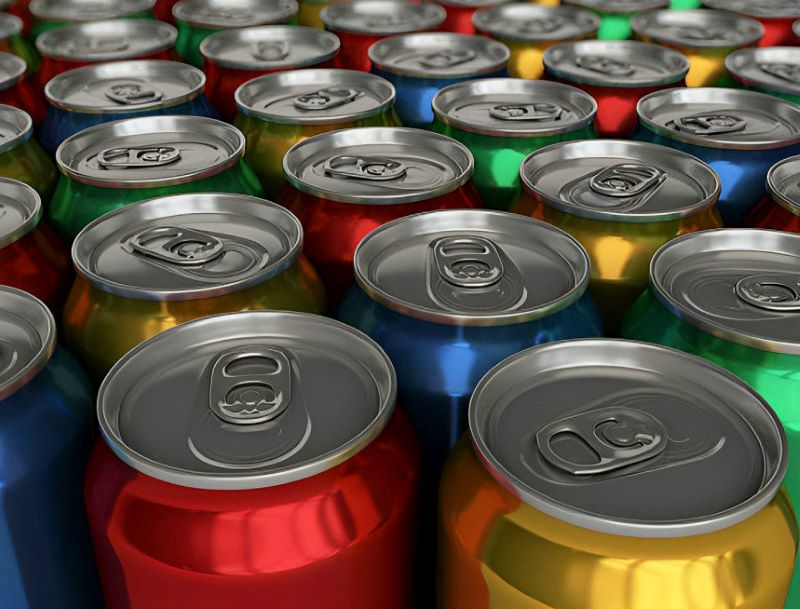Are you ever puzzled by the mesmerizing array of colors exhibited by various metals? From the brilliant luster of gold to the deep, rich hues of copper and the cold, silvery tones of steel, metals bring a rainbow to our world. But what happens when these elements unite to form alloys? Do their colors merge, or do they create something entirely different?
what color is alloy?
To answer the question, “What color is alloy?” — it varies widely, depending on the metals involved and their ratios in the alloy.
To understand “what color is alloy,” we must first recognize that pure metals, like copper, gold, and silver, have distinct colors due to the absorption and reflection of light. These colors are a result of the metal’s electronic structure and the way it interacts with photons.
Alloys, on the other hand, are combinations of different metals, and their colors are a blend of the individual components. The specific color of alloy depends on the type and proportion of metals within it. For example, when copper and zinc combine to form brass, they create a distinct golden hue. Similarly, when aluminum and a small amount of copper mix to create duralumin, the result is a silvery-gray alloy.
This blending of metals can lead to a wide spectrum of colors and unique appearances in alloys. In some cases, the color may not be as striking as the pure metal components, but alloys offer a broad palette for engineers and designers to work with, making them essential in various industries.
Color in Metals
In the realm of metallurgy, the concept of color is somewhat unconventional, as most pure metals exhibit shades of gray, silver, or metallic luster. This seemingly monochromatic appearance arises from the fundamental principles of physics and the behavior of electrons within metals.
Color of Alloy in the Electromagnetic Spectrum
Color, in essence, is the visual representation of how an object interacts with light. When white light, which contains all the colors of the visible spectrum, strikes a material, the atoms or molecules within that material can absorb certain colors (wavelengths) of light while reflecting or transmitting others. The colors we perceive are the ones that are reflected back to our eyes. In metals, the key to their typical metallic luster lies in the fact that they efficiently reflect most wavelengths of light, giving them their characteristic silvery or gray appearance.
Role of Electron Structure
The color of metals is deeply connected to their atomic structure, particularly the arrangement of electrons. In metals, the outermost electrons are responsible for their interaction with light. When light energy is absorbed by these electrons, they may move to higher energy states within the metal lattice, creating what is known as an electron excitation. The absorbed energy corresponds to a specific wavelength and color of light, and the color we perceive is the complementary color that is not absorbed.
Variation in Alloy Colors
The introduction of alloying elements into pure metals can dramatically alter their color. Alloy manufacturers carefully select and combine different metals in specific proportions to achieve desired colors. This variation in color arises from changes in the electronic structure, including energy band transitions and the behavior of conduction electrons. For example, the addition of copper to gold creates alloys with distinct shades, including red and pink gold, while varying the concentration of aluminum in titanium can produce different colors in titanium alloys.
Alloys exemplify the versatile nature of metals in their ability to exhibit colors beyond the conventional metallic shades. As we delve further into alloy colors, we’ll explore how different metals and their proportions lead to a diverse spectrum of colors in these unique materials.
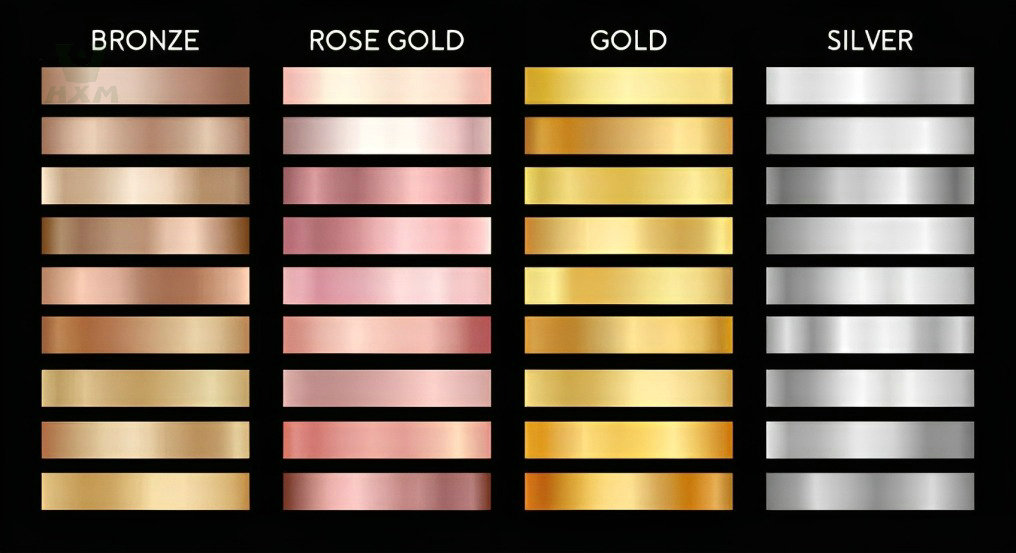
The Formation of Alloys and Their Color Diversity
Metals, as we’ve discussed, often have a characteristic silvery-gray appearance due to their unique electronic structure. However, alloy manufacturers have harnessed the power of combining different metals to create alloys with a wide range of colors. The process of forming alloys is based on the principle that mixing different metals can lead to new materials with distinct properties, including color.
Role of Alloying Elements
Alloying involves adding one or more elements to a base metal to modify its properties, and this includes color. These alloying elements introduce changes in the electronic structure of the base metal, resulting in variations in the way light interacts with the alloy. For example, adding copper to gold shifts its color spectrum from a deep yellow to a reddish or pinkish hue, creating the popular red and pink gold alloys.
Alloy manufacturers carefully control the proportion of alloying elements to achieve precise color variations. Small changes in the composition can lead to significant shifts in color. This precision allows for a wide array of color possibilities in alloys. For instance, bronze, a classic alloy of copper and tin, can vary in color from a reddish hue to a deep brown, depending on the specific tin content.
The Array of Alloy Colors
The world of alloys is a playground for color diversity. Alloy manufacturers have developed a vast spectrum of colored alloys, each with its unique shade and characteristics. Let’s explore some of the most notable examples:

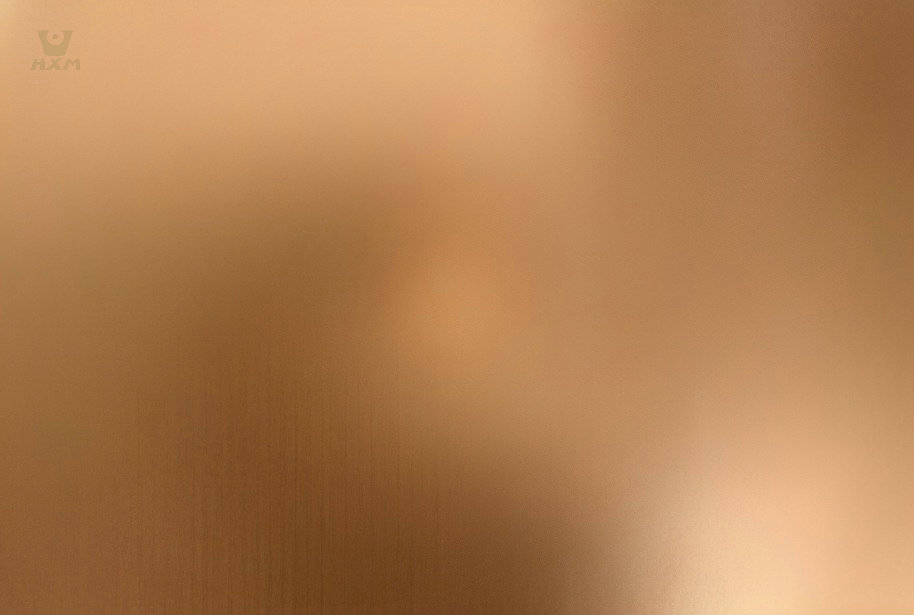
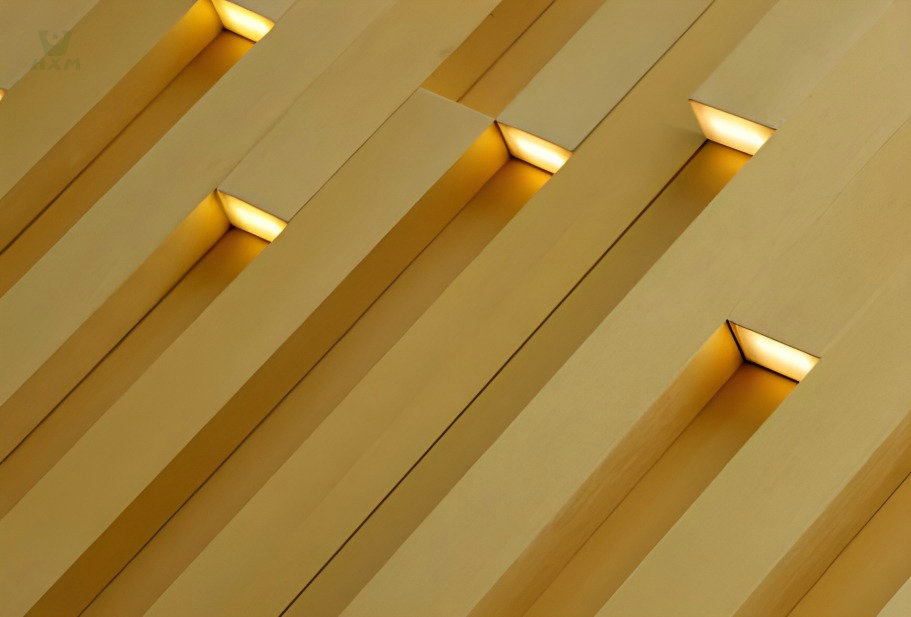
- Brass: By combining copper and zinc, brass alloys can range from a bright yellow to reddish-brown, depending on the zinc content.
- Bronze: With its copper-tin composition, bronze exhibits a broad spectrum of colors from a warm, reddish-brown to a dark chocolate brown.
- White Gold: Often made from gold, nickel, and palladium, white gold achieves a silvery-white appearance.
- Alnico: This magnetic alloy typically contains aluminum, nickel, and cobalt, offering a silvery-gray color.
- Titanium Alloys: Varying the aluminum content in titanium alloys produces an array of colors, including deep blues and purples.
- Stainless Steel: The use of chromium in stainless steel creates a silver-gray color that resists tarnishing and corrosion.
- Rose Gold: Combining gold with copper results in various shades of reddish or pinkish gold alloys.
The remarkable diversity in the colors of alloys showcases the endless possibilities that result from the meticulous combination of metals. Alloy manufacturers play a pivotal role in crafting materials that not only exhibit striking aesthetics but also offer a broad range of functional properties.
How Alloys Combine Metals
The color of alloy is a result of the intricate process of combining different metals to create a unique blend with distinct color properties. Let’s delve into this process, exploring how alloy manufacturers carefully craft the color of alloys.
Process of Combining Metals to Form Alloys
Selection of Base Metals
Alloy manufacturers start by choosing one or more base metals for the alloy. These base metals are fundamental in determining the alloy's ultimate color. For example, copper is a common base metal that influences the warm and reddish tones found in various alloys.
Alloy Composition
The next critical step is deciding the composition of the alloy. Alloy manufacturers select additional metals to mix with the base metal to achieve the desired color. For instance, in the production of bronze, copper is the base metal, while tin is added in various proportions to achieve the characteristic reddish-brown color. Similarly, in the case of brass, alloying copper with different amounts of zinc produces colors ranging from yellow to red.
Impacts of Trace Elements
Beyond the primary base and alloying metals, trace elements can also have a significant impact on alloy color. These trace elements may be naturally occurring impurities or intentionally added for their color-altering properties. For example, the presence of minute traces of iron can modify the color of alloy, even when it isn't one of the primary base metals.
Control of Heat and Cooling
The process of alloy formation involves careful control of temperature. Alloy manufacturers subject the metals to high temperatures, allowing them to meld together effectively. Subsequent cooling processes influence the resulting crystal structure and, consequently, the color and other properties of the alloy. Controlled cooling can prevent the formation of unwanted phases and maintain the desired color.
Final Processing
After alloy formation, final processing steps, such as polishing, annealing, or surface treatments, can further enhance or refine the alloy's color. These additional steps are employed to achieve specific appearances and characteristics required for various applications.
In summary, the color of alloy is not arbitrary but is meticulously crafted through the selection of base metals, precise alloy composition, consideration of trace elements, temperature control, and final processing. Alloy manufacturers employ their expertise in metallurgy to create a spectrum of alloy colors, each tailored to meet the specific needs of diverse industries and applications.
Influence of Different Metals on Alloy Colors
The color of alloy is a complex interplay of its constituent metals, and alloy manufacturers leverage this interplay to create a wide range of colors. Let’s explore how various metals impact the colors of alloys.
-
Copper: The Shifter of Hues
Copper is a versatile metal used extensively in alloys due to its remarkable influence on color. When copper is alloyed with different metals, it can create a spectrum of colors. For example, when combined with zinc, it forms brass, which can range from a bright yellow to reddish-brown, depending on the zinc content. When added to gold, copper imparts a reddish or pinkish hue, leading to the creation of red and pink gold alloys. -
Iron: The Gray Modifier
Iron is commonly found in steel alloys, which exhibit a silver-gray color. The specific shade of gray can vary based on the alloy's composition, with factors like carbon content influencing the exact hue. Iron's presence in alloys is primarily responsible for the characteristic silvery appearance in materials like stainless steel. -
Chromium: The Lustrous Enhancer
Chromium is another influential element in alloy coloration, especially in stainless steel. When alloyed with iron, it enhances the material's resistance to corrosion while adding a shiny, reflective quality. The polished surfaces of stainless steel are a testament to the role of chromium in creating a lustrous, silver-like appearance. -
Nickel: The Whitener
Nickel, when added to various alloys, can impart a bright, silvery appearance. It's commonly used in the creation of silver-colored alloys. Nickel's contribution to the alloy's electron structure enhances reflectivity and luster, making it a valuable addition for achieving a silver-like appearance. -
Bronze: Copper and Tin Symphony
Bronze is a classic example of how the combination of metals can produce distinctive colors. By blending copper with tin, alloy manufacturers create bronze, which exhibits a reddish-brown color. The proportion of copper to tin, along with trace elements, determines the precise shade and properties of the resulting bronze alloy.
In summary, the colors of alloys are intricately linked to the presence and proportion of various metals. Alloy manufacturers carefully select and combine these metals to achieve the desired hues and properties, creating a diverse palette of alloy colors for a wide range of applications.
Importance of Alloy Colors in Various Industries
The color of alloys plays a pivotal role in various industries, influencing both aesthetics and functionality. Engineers and designers are acutely aware of the significance of alloy colors and strategically harness this attribute for specific purposes.
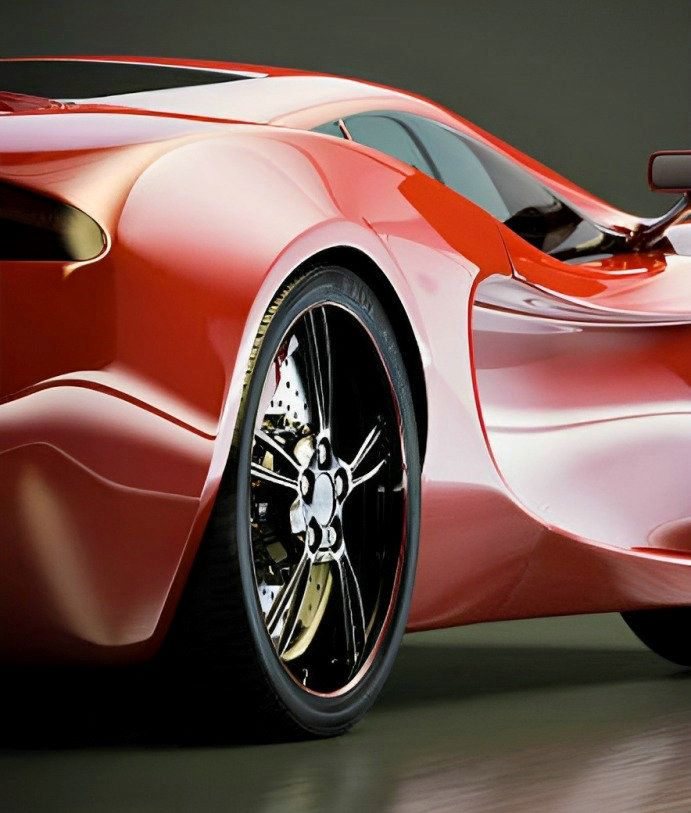
Aesthetics and Branding
In the automotive industry, alloy wheel colors enhance the visual appeal of vehicles, reflecting a brand's image. Sleek silver alloys can convey a sense of modernity, while darker tones evoke sophistication. Jewelry designers utilize alloy colors to create pieces with different appearances. Rose gold, for instance, has become a favored choice for its warm and romantic hues.

Corrosion Resistance
In architecture and construction, alloy colors influence the durability and maintenance requirements of structures. Stainless steel's silvery finish is not only aesthetically pleasing but also signals its corrosion resistance, making it a top choice for architectural elements.

Customization and Personalization
For consumer products like smartphones, the option to choose alloy colors allows personalization and differentiation in a highly competitive market. Engineers and designers collaborate with alloy manufacturers to select the most suitable alloy colors that align with their industry-specific requirements. Through careful consideration of the interplay between color, functionality, and durability, they ensure that the chosen alloys not only look appealing but also perform optimally in their intended applications.
In conclusion, the color of alloys goes beyond mere aesthetics; it is a strategic element that impacts branding, corrosion resistance, safety, functionality, thermal properties, and customization in diverse industries. Engineers and designers leverage alloy colors to achieve both form and function, ultimately enhancing the performance and visual appeal of products and structures.
conclusion
In conclusion, the world of alloys is a captivating realm of colors and versatility. We embarked on a journey to explore the intriguing question, “What color is alloy?” and uncovered a spectrum of hues that extends far beyond the monochrome image of metals.
Our exploration revealed that alloys, formed through the skillful combination of various metals, can display a wide array of colors. These colors are a result of the complex interplay of elements and their impact on the visible spectrum.
We learned that copper, for instance, can lend its warm reddish hues to brass alloys, while the addition of chromium contributes to the silver-like luster of stainless steel. The careful selection of alloy compositions allows engineers and designers to create products with distinctive colors, matching their intended applications.
The significance of alloy colors transcends mere aesthetics; it influences the choices made in metallurgy and design. Alloy manufacturers collaborate with engineers and designers to formulate alloys with specific colors that serve both practical and visual purposes.
In metallurgy, alloy colors can be indicative of their composition, properties, and resistance to corrosion, making them valuable in various industries like automotive, architecture, and electronics. For designers, alloy colors provide a canvas for creativity, allowing them to evoke emotions, establish brand identities, and enhance user experiences.
In the complex world of materials, alloys stand as a testament to human ingenuity and the endless possibilities of combining metals. The study of alloy colors is a reminder that, in our quest for function and aesthetics, we are limited only by our imagination and the periodic table’s boundless elements. As we continue to push the boundaries of what alloys can achieve, we’re sure to encounter an even more colorful future in metallurgy and design.





